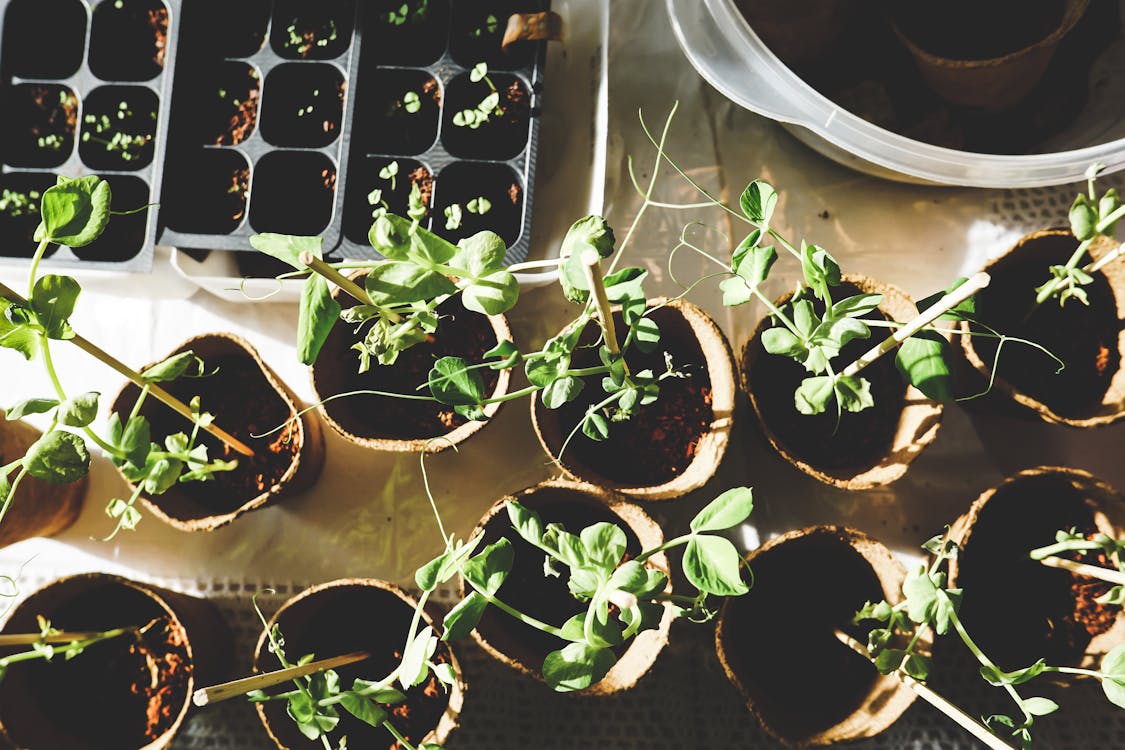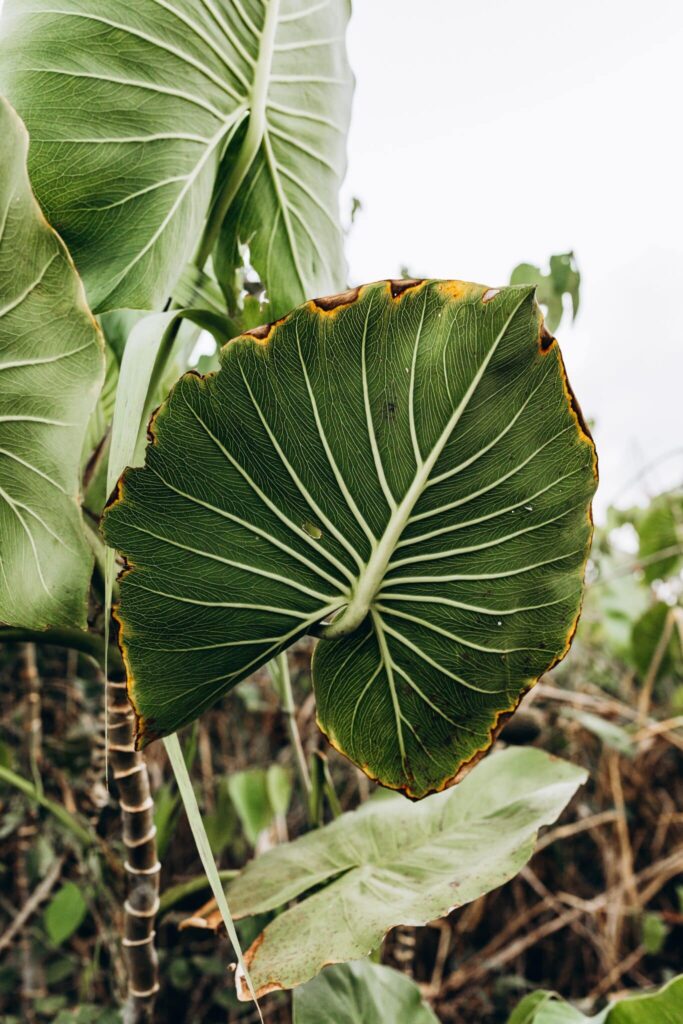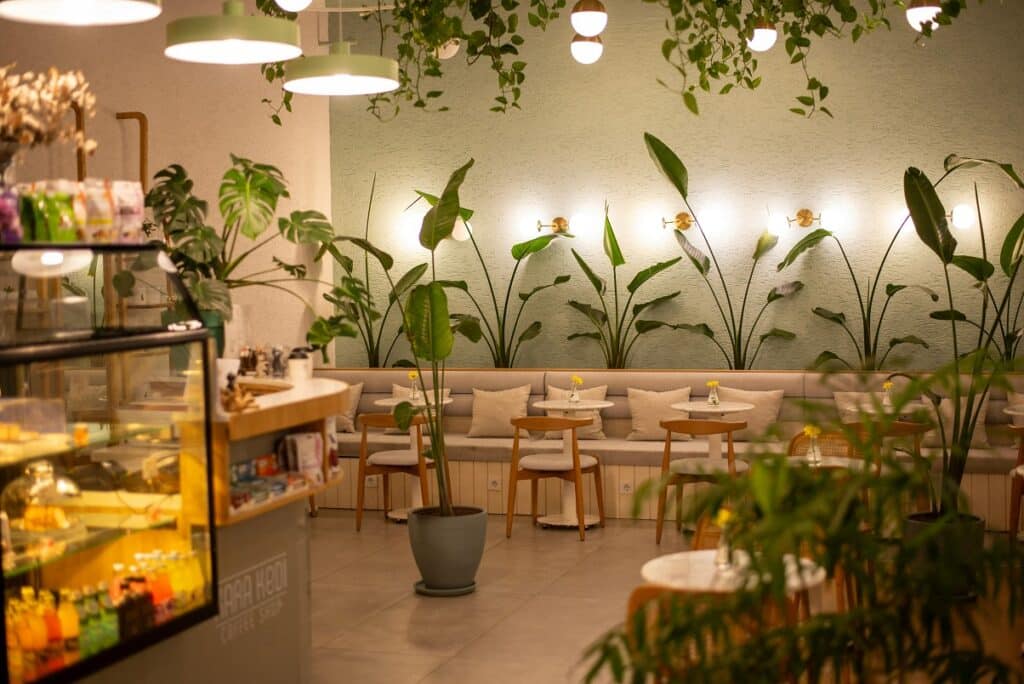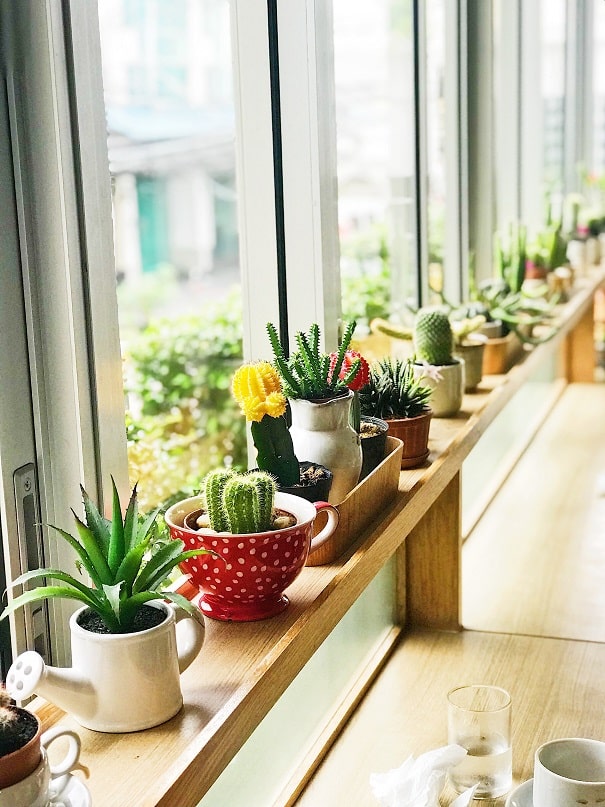Are you a plant lover who wants to ensure your indoor plants thrive and stay healthy? Well, choosing the right soil is key to their well-being. In this article, we will explore the importance of selecting the best draining soil for your indoor plants.
By understanding the benefits of well-drained soil and learning how to identify the right type, you can create an optimal environment for your beloved green companions. So, let’s jump right in and discover how to choose the best draining soil for your indoor plants!

Understanding the Importance of Draining Soil for Indoor Plants
When it comes to maintaining healthy indoor plants, one of the most crucial factors to consider is the type of soil you choose. The right draining soil plays a vital role in the overall health and well-being of your plants, as it affects their root development, water absorption, and nutrient intake. In this article, we will delve into the importance of draining soil for indoor plants, the consequences of poor drainage, and how to select the best soil for your indoor garden.
Why is good drainage important?
Having good drainage in your indoor plant pots is essential for several reasons. First and foremost, it prevents waterlogged soil, which can lead to root rot. When the soil retains water for an extended period, the roots suffocate, and their ability to absorb nutrients is severely compromised. Good drainage also allows excess water to flow from the container, ensuring the root system isn’t stagnant.
Furthermore, proper drainage promotes a well-aerated root environment. Oxygen is crucial for root health, and when the soil is well-drained, it prevents the roots from becoming waterlogged and deprived of oxygen. Additionally, good drainage prevents the buildup of salts and minerals in the soil, which can harm the plant’s roots in the long run.
How does poor drainage affect indoor plants?
If you neglect to provide adequate drainage for your indoor plants, it can harm their overall health. Poor drainage leads to waterlogged soil, which creates an environment conducive to root rot. When the roots are continuously subjected to excessive moisture, they become vulnerable to fungal and bacterial diseases. These diseases can spread rapidly and ultimately cause the plant to wither and die.
Moreover, poor drainage inhibits the proper absorption of nutrients. When water cannot flow freely through the soil, essential nutrients become trapped, making them unavailable to the plant’s roots. This deficiency in nutrient absorption can lead to stunted growth, nutrient deficiencies, and an overall decline in the plant’s vitality.
How to select the best draining soil for indoor plants
Now that you understand the significance of good draining soil, let’s explore the factors you should consider when selecting the best soil for your indoor plants. Taking these factors into account will ensure that your plant thrives in an optimal growing environment.
Plant Type
Different plants have varying moisture requirements, and it’s essential to choose soil that aligns with the specific needs of your indoor plants. For instance, succulents and cacti require well-draining soil that allows excess water to escape quickly, while tropical plants may benefit from a moisture-retaining mix.
Watering Frequency
Consider how often you typically water your indoor plants. If you tend to water them frequently, opting for a well-draining soil mix is vital to prevent waterlogging. On the other hand, if you are prone to forgetting to water your plants, selecting a mix that retains moisture for longer periods may be a better option.
Container Type
The type of container you use for your indoor plants can also influence the drainage requirements. Plastic pots tend to retain moisture more than clay or terracotta pots, so it’s essential to select a soil mix that compensates for this. Additionally, containers with drainage holes allow excess water to escape, while those without require a soil mix that promotes drainage.
Climate
Consider the climate in which you live when choosing draining soil for indoor plants. If your region experiences high humidity levels, it’s crucial to select a well-draining soil mix that prevents water buildup. Conversely, in dry climates, a mix that retains moisture for longer durations may be beneficial.
Soil Composition
The composition of the soil mix is another crucial factor to consider. Ideally, a good draining soil mix should contain a combination of organic matter, such as compost or peat moss, as well as inorganic materials like sand or perlite. This combination ensures the right balance of moisture retention and drainage.
pH Level
Lastly, the pH level of the soil is essential for optimal plant growth. Most indoor plants thrive in slightly acidic to neutral pH levels. Testing the pH of the soil mix can help determine whether it is suitable for your plants. Adjustments can be made by adding materials like lime or sulfur to reach the desired pH.
Different Types of Draining Soils for Indoor Plants
Now that you understand the factors to consider when selecting draining soil for indoor plants let’s explore the different types of soil mixes available.
Potting Mixes
Potting mixes are perhaps the most commonly used soil mix for indoor plants. They are typically composed of a combination of organic matter, such as peat moss or coconut coir, and inorganic materials like perlite or vermiculite. Potting mixes provide good drainage while retaining sufficient moisture for the plants’ roots.
Cactus and Succulent Soil Mixes
Cactus and succulent soil mixes are specifically formulated for plants that require excellent drainage. These mixes often contain more inorganic materials, such as sand or perlite, to ensure water does not pool around the roots. The porous nature of these mixes allows excess water to escape quickly, preventing root rot.
Peat-based Mixes
Peat-based mixes are popular for houseplants that prefer moisture retention. These mixes have a higher organic matter content, typically comprising peat moss or coconut coir. Peat-based mixes possess good water-holding capacity, making them suitable for plants that require more consistent moisture levels.
Vermiculite Mixes
Vermiculite mixes are lightweight and have excellent moisture retention properties. It is a natural mineral that, when added to soil, helps improve water absorption and retention. These mixes are suitable for plants that require more moisture and can benefit from enhanced water-holding capacity.
Perlite Mixes
Perlite mixes are composed primarily of perlite, a volcanic glass that has been expanded by heat. It is lightweight and porous, allowing for excellent drainage and aeration. These mixes are suitable for plants that require a well-draining soil mix, as perlite helps prevent waterlogging and root rot.

DIY Draining Solutions for Indoor Plants
Sometimes, you may find yourself in a situation where you need to improve the drainage of your existing soil. Fortunately, there are several DIY solutions you can employ to enhance draining capabilities.
Adding Perlite or Vermiculite to Existing Soil
If soil retains too much moisture, you can add perlite or vermiculite to increase drainage capabilities. These materials are lightweight and porous, allowing excess water to flow through while still retaining enough moisture for the plant’s roots.
Creating a Layer of Gravel at the Bottom of the Container
Another way to improve drainage is by creating a layer of gravel at the bottom of the container. This layer is a reservoir for excess water, preventing it from pooling around the roots. It also creates a barrier between the soil and the water, ensuring that the roots are not in direct contact with standing water.
Using a Coir Fiber Layer
Coir fiber, derived from coconut husks, can also be used to improve drainage. Placing a layer of coir fiber at the bottom of the pot creates a barrier that allows water to drain more freely. The coir fiber also helps retain moisture, ensuring the plants’ roots have access to adequate water while preventing waterlogging.
Making Your Own Potting Mix
If you prefer a more hands-on approach, you can make your potting mix that suits your specific indoor plants. By combining different ingredients like organic matter, inorganic materials, and additives such as compost or worm castings, you can create a customized soil mix that provides optimal drainage for your plants.
Common Mistakes to Avoid When Choosing Draining Soil
While selecting the right draining soil is vital for indoor plants, it’s equally important to avoid common mistakes that can compromise the overall health of your plants. Here are a few mistakes to watch out for:
Not considering the specific needs of the plant
Each indoor plant has unique requirements, and it’s crucial to select a soil mix that aligns with those needs. Consider factors like water frequency, moisture retention, and drainage preferences when choosing the soil mix for your plants.
Ignoring the importance of proper watering techniques
Even with the best-draining soil, improper watering techniques can still lead to issues. Overwatering or underwatering plants can stress the roots and hinder their ability to absorb nutrients. Take the time to understand how much water your plants need and monitor their moisture levels accordingly.
Failing to check the quality of the soil
Sometimes, soil mixes may contain contaminants or impurities that can harm your indoor plants. It’s essential to check the quality of the soil before purchasing or using it in your pots. Look for well-known brands or organic options that have been tested and proven to be of good quality.
Using heavy, compacted soils
Heavy, compacted soils can hinder drainage and prevent oxygen from reaching the roots. Avoid using dense soils that become overly compacted over time. Opt for lighter, well-draining soil mixes that provide ample aeration for the roots.
Neglecting the pH level of the soil
Different plants thrive in specific pH ranges, and neglecting to consider this factor can impact their overall health. Check the pH level of the soil mix you choose and ensure it aligns with the requirements of your indoor plants. Adjustments can be made by adding amendments to achieve the desired pH level.

Benefits of Using the Best Draining Soil for Indoor Plants
Selecting the best draining soil for your indoor plants can have a significant impact on their overall health and vitality. Here are some benefits of using a well-draining soil mix:
Prevents root rot and overwatering
Good draining soil prevents waterlogging, which is a leading cause of root rot. By allowing excess water to escape, the soil ensures that the roots are not continuously exposed to excessive moisture, reducing the risk of root diseases and promoting healthy root growth.
Promotes proper aeration and healthy root growth
Well-draining soil provides adequate aeration for the roots. Oxygen is vital for root development, and a well-aerated root zone ensures that the roots receive the necessary oxygen to grow and function optimally. Healthy roots lead to healthier and more robust plants.
Reduces the risk of fungal and bacterial diseases
Poor drainage creates a favorable environment for fungal and bacterial diseases to thrive. When the soil is waterlogged, pathogens can easily take hold and spread to the plant’s roots. By using a well-draining soil mix, you decrease the risk of these diseases and promote a healthier growing environment.
Allows for better nutrient absorption
Draining soil allows water to flow freely through it, ensuring that nutrients are evenly distributed to the plant’s roots. When the soil is saturated, nutrients become trapped and are less available to the roots. By using a well-draining soil mix, you enhance the plant’s ability to absorb essential nutrients, which leads to healthier growth and development.
Improves overall plant health and vitality
When your indoor plants are provided with the ideal growing environment, including well-draining soil, they are more likely to thrive. Good drainage promotes root health, prevents water-related issues, and allows the plant to utilize nutrients efficiently. This, in turn, leads to healthier, more vibrant plants that bring life and beauty to your indoor space.
In conclusion, selecting the best draining soil for indoor plants is paramount for their overall health and vitality. Good drainage prevents root rot, promotes healthy root growth, reduces the risk of diseases, enhances nutrient absorption, and improves overall plant health. By considering factors such as plant type, watering frequency, container type, climate, soil composition, and pH level, you can choose a soil mix that caters to the specific needs of your indoor plants. Whether you opt for pre-made potting mixes or create your own, providing optimal drainage for your indoor plants is a crucial step towards achieving a thriving indoor garden.



